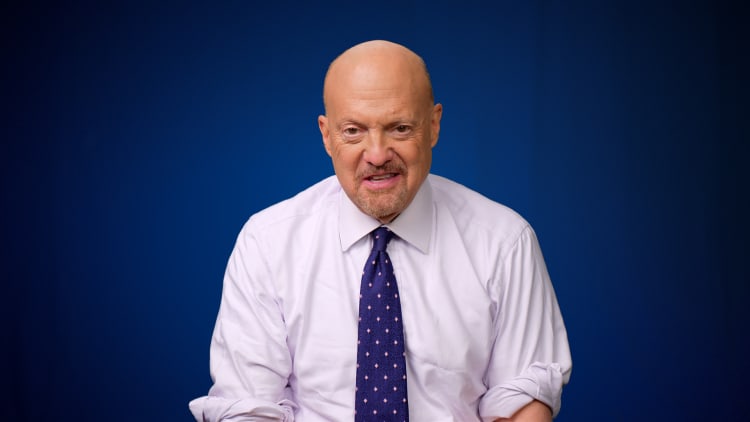As inflation continues to increase, so does the probability of a recession, according to several recent economic forecasts. That means more layoffs, fewer jobs and higher interest rates may soon be on the horizon.
The median probability of a recession over the next 12 months is 47.5%, up from 30% in June, according to a Bloomberg survey of economists completed last week.
Recessions are officially declared by the National Bureau of Economic Research, which defines them as "a significant decline in economic activity that is spread across the economy and that lasts more than a few months."
A big reason a recession looks imminent is because of inflation, which is showing few signs of slowing down. Last week's consumer price index (CPI) report revealed year-over-year inflation reaching 9.1%, the highest rate since 1981.
Banks, including Citigroup, Deloitte and PNC Financial Services, previously predicted a slowdown in 2023, but recent forecasts say a recession could occur in 2022 or earlier in 2023 than formerly expected.
Last week, Bank of America followed an earlier forecast by Japanese investment bank Nomura, predicting a "mild" recession in the remaining months of 2022. The outlook is a revision of earlier forecasts that only predicted slowing economic growth.
Similarly, Wells Fargo has changed its outlook from an economic "soft landing" to a "mild recession" in the first quarter of 2023.
A key factor in that revised outlook is May and June inflation data from various sources, including the monthly CPI report, says Jay Bryson, Wells Fargo's chief economist. He calls June's CPI numbers "ugly," adding that inflation "is becoming more entrenched and more widespread."
For consumers, "it's eroding real disposable income."
In fact, decreased consumer spending is another sign of a looming recession. Wells Fargo's forecast predicts that by September there will be "outright declines" in consumer spending as more people dip into their savings to cover the growing costs of goods and services.
"Consumers have held the line pretty well in terms of spending," Bryson says. "But they've brought down their savings rates and they've increased credit card debt. Those things aren't sustainable in the long run."
With persistent inflation comes interest rate hikes, which the Federal Reserve is all but certain to do when it meets at the end of the month. The only question is whether it will be a 0.75% interest rate hike — which most forecasts expect — or a 1% interest rate hike, which Atlanta Fed President Raphael Bostic says is "in play."
Rate hikes can decrease inflation by making it more expensive for businesses and consumers to borrow money. But this also discourages demand for goods and services, which can stunt economic growth.
For consumers, higher interest rates means extra costs on adjustable-rate debt like loans and credit cards, higher car financing costs and potentially higher mortgage costs. A 1% hike would make these increases even more stark than a lesser increase.
"We have to control inflation," says economist Aleksandar Tomic, an associate dean at Boston College. It's especially necessary since wage growth is currently outpaced by the rate of inflation.
"The trillion-dollar question is whether we will be able to do that without tanking the economy," he says.
Sign up now: Get smarter about your money and career with our weekly newsletter
Don't miss: Here's how much money it takes to be considered wealthy in 12 major U.S. cities



